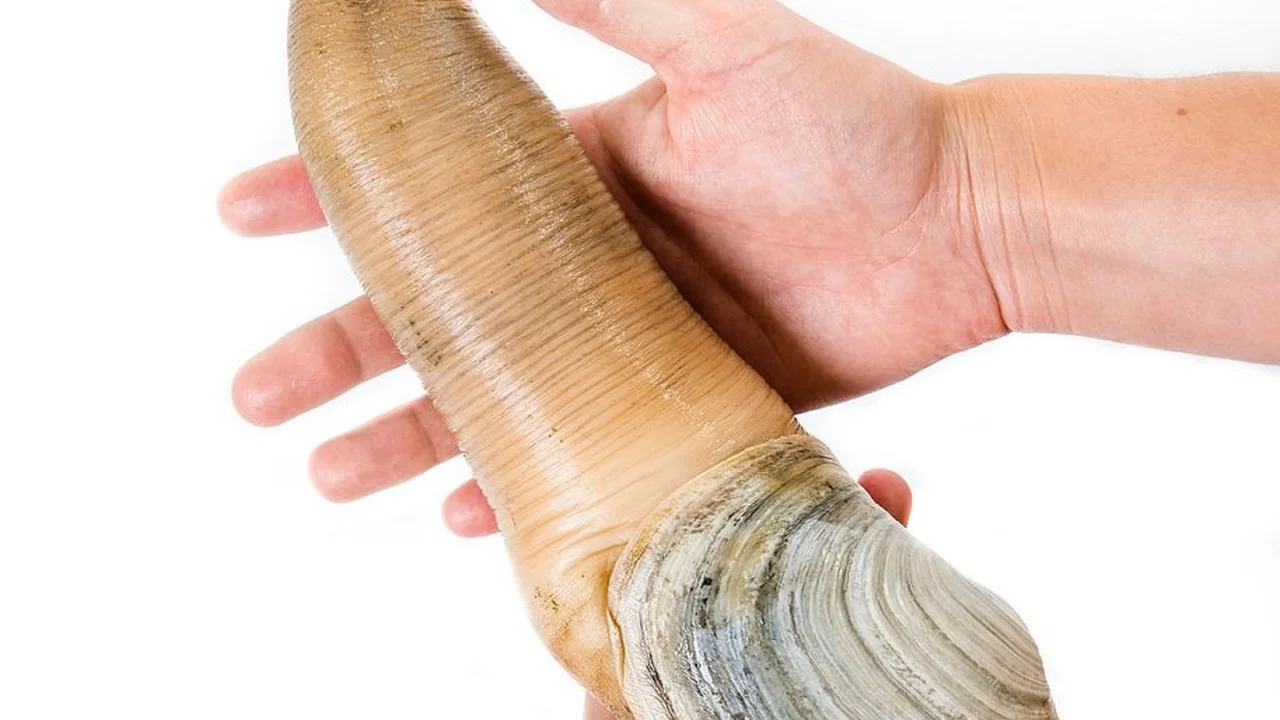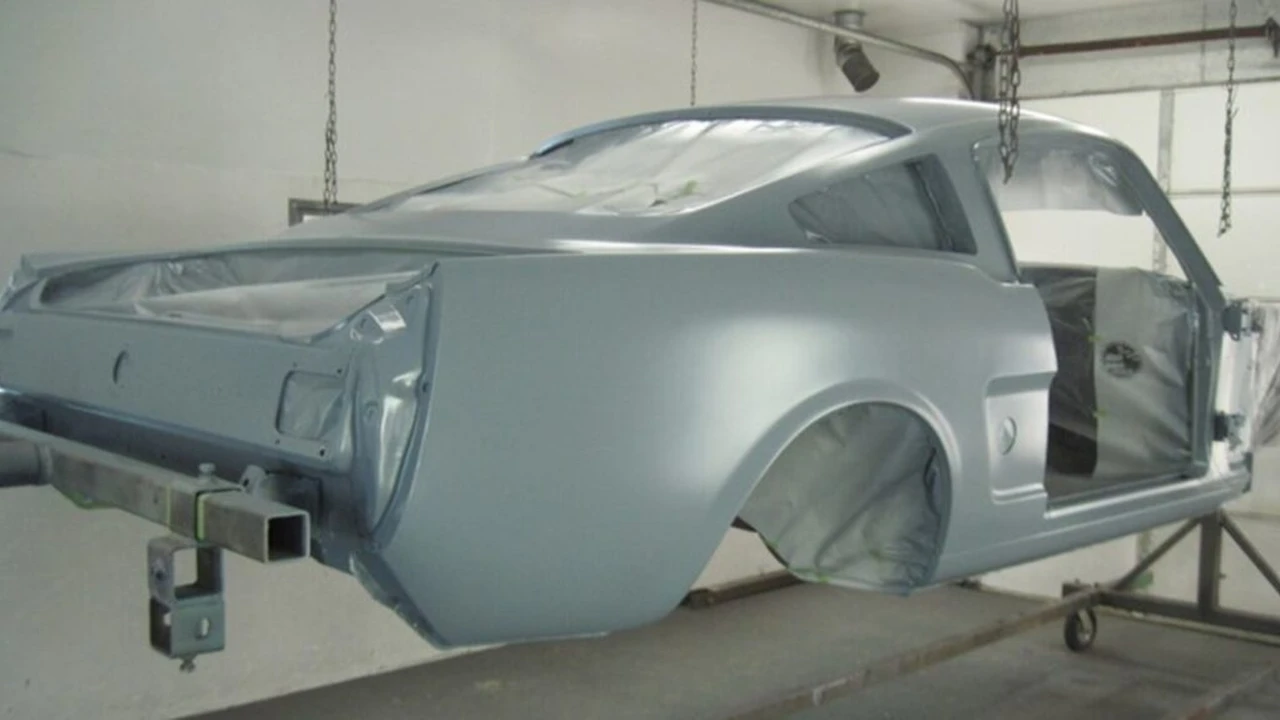Restoring vs. Preserving: Which is Right for You?
Understand the impact of modifications on classic car value. Learn which modifications enhance value and which detract from it. Make informed decisions about customizing your car.

Understanding Classic Car Modifications and Their Valuation Impact
So, you're thinking about tweaking your classic ride, huh? Maybe a new stereo, a hotter engine, or even just some snazzy wheels? Hold your horses! While personalizing your classic is totally your right, it's crucial to understand how those changes can affect its value. We're diving deep into the world of classic car modifications, exploring what adds value, what detracts, and how to make informed decisions that keep both your wallet and your car happy.
Originality vs Customization Classic Car Authenticity
First things first, let's talk about originality. In the classic car world, originality is often king. A car that's been meticulously preserved or restored to its factory specifications usually commands a higher price than one that's been heavily modified. Why? Because originality represents a piece of history, a snapshot of the car as it was originally intended. Collectors often prize this authenticity above all else.
However, not all modifications are created equal. Some modifications can actually enhance the value of your classic, while others can send it plummeting faster than a '57 Chevy with no brakes. The key is to understand the difference.
Value Enhancing Modifications Classic Car Upgrades
Believe it or not, some modifications can actually increase the value of your classic car. These are typically modifications that improve safety, reliability, or performance, without significantly altering the car's original character. Here are a few examples:
- Brake Upgrades: Nobody wants to drive a classic with brakes that are, well, classically bad. Upgrading to modern disc brakes, especially on older models that originally had drum brakes, is a huge safety improvement that can boost value.
- Electronic Ignition: Swapping out the old points-style ignition for a modern electronic ignition system can dramatically improve reliability and performance. No more fiddling with points on the side of the road!
- Modern Air Conditioning: Let's face it, classic car air conditioning (if it even existed) was often anemic at best. Installing a modern, efficient air conditioning system can make your classic much more enjoyable to drive, especially in hot climates. This is a big plus for many buyers.
- Subtle Engine Upgrades: A mild engine upgrade, such as a slightly larger carburetor or a more efficient intake manifold, can improve performance without drastically altering the engine's appearance or character.
- Safety Features: Adding seat belts (if they weren't originally equipped), upgrading headlights to brighter LED units, or installing a backup camera can all enhance safety and make your classic more appealing to a wider range of buyers.
Value Detracting Modifications Classic Car Alterations
Now, let's talk about the modifications that can actually decrease the value of your classic car. These are typically modifications that are irreversible, that significantly alter the car's original appearance or character, or that are poorly executed. Here are a few examples:
- Chopping or Channeling: Radically altering the body of the car, such as chopping the roof or channeling the body over the frame, is almost always a value killer. These modifications are highly personal and rarely appeal to a wide audience.
- Engine Swaps: Replacing the original engine with a completely different engine, especially one that's not period-correct, can significantly reduce value. Collectors generally prefer to see the original engine (or at least a correct replacement) in place.
- Interior Modifications: Replacing the original interior with something completely different, such as modern bucket seats or a custom dashboard, can detract from the car's value. Stick to restoring the original interior as closely as possible.
- Non-Original Paint Colors: Repainting the car in a color that wasn't originally offered can negatively impact its value. Research the original color options and choose one of those.
- Poor Quality Workmanship: Modifications that are poorly executed, such as sloppy welding, mismatched paint, or ill-fitting parts, will always detract from value. If you're going to modify your car, do it right!
The Grey Area Period Correct Modifications and Restomods
Of course, there's a grey area when it comes to modifications. Some modifications fall somewhere in between enhancing and detracting from value. These are often modifications that are period-correct (meaning they were commonly done during the car's era) or that are well-executed "restomods" (classic cars with modern upgrades).
Period-Correct Modifications: If you're going to modify your classic, period-correct modifications are generally a safer bet than modern modifications. These are modifications that were commonly done during the car's era, such as adding aftermarket wheels, upgrading the carburetor, or installing a custom exhaust system. These modifications can add a touch of personalization without significantly altering the car's original character.
Restomods: Restomods are classic cars that have been extensively modified with modern components, such as modern engines, transmissions, suspensions, and brakes. Restomods can be incredibly cool and enjoyable to drive, but they often appeal to a different audience than traditional classic car collectors. The value of a restomod depends heavily on the quality of the work and the desirability of the modifications.
Specific Product Recommendations and Comparisons
Okay, let's get down to some specific product recommendations for those value-enhancing modifications we talked about earlier. Remember, these are just suggestions, and you should always do your own research to find the products that are best suited for your specific car and needs.
Brake Upgrades
Product: Wilwood Disc Brake Conversion Kit
Use Case: Converting from drum brakes to disc brakes on a classic car that originally had poor braking performance. This is a great upgrade for safety and drivability.
Comparison: Wilwood is a well-respected brand known for high-quality brake components. They offer a wide range of disc brake conversion kits for various classic car models. Compared to cheaper generic kits, Wilwood kits typically offer better performance, durability, and fitment.
Price: $800 - $2000 per axle, depending on the car model and kit configuration.
Electronic Ignition
Product: Pertronix Ignitor Electronic Ignition Conversion Kit
Use Case: Replacing the points-style ignition in a classic car with a modern electronic ignition system. This eliminates the need for periodic point adjustments and improves reliability and performance.
Comparison: Pertronix is a popular choice for electronic ignition conversions. They offer a wide range of kits that are relatively easy to install and provide a noticeable improvement in performance. Compared to other brands, Pertronix is known for its reliability and ease of use.
Price: $100 - $300, depending on the car model.
Modern Air Conditioning
Product: Vintage Air SureFit Air Conditioning System
Use Case: Adding modern air conditioning to a classic car that didn't originally have it, or upgrading an existing, inefficient system. This makes the car much more comfortable to drive in hot weather.
Comparison: Vintage Air is a leading manufacturer of aftermarket air conditioning systems for classic cars. Their SureFit systems are designed to fit specific car models and provide excellent cooling performance. Compared to universal systems, SureFit systems offer better fitment and ease of installation.
Price: $1000 - $3000, depending on the car model and system configuration.
The Importance of Documentation and Transparency
No matter what modifications you make to your classic car, it's crucial to document everything. Keep detailed records of all the parts you've used, the work you've done, and the reasons behind your choices. This documentation can be invaluable when it comes time to sell the car. It shows potential buyers that you've taken good care of the car and that you know what you're doing.
Transparency is also key. Be upfront with potential buyers about any modifications you've made to the car. Don't try to hide anything or mislead anyone. Honesty is always the best policy, and it will help you build trust with potential buyers.
Making Informed Decisions About Customizing Your Classic Car
Ultimately, the decision of whether or not to modify your classic car is a personal one. There's no right or wrong answer. The most important thing is to make informed decisions that are based on your own goals and priorities. If you're primarily concerned with preserving the car's originality and maximizing its value, then you should probably avoid making any significant modifications. But if you're more interested in making the car more enjoyable to drive and personalizing it to your own tastes, then you have more freedom to experiment.
Just remember to do your research, plan carefully, and document everything. And most importantly, have fun! Owning a classic car should be a rewarding experience, whether you choose to keep it completely original or customize it to your heart's content.
:max_bytes(150000):strip_icc()/277019-baked-pork-chops-with-cream-of-mushroom-soup-DDMFS-beauty-4x3-BG-7505-5762b731cf30447d9cbbbbbf387beafa.jpg)





